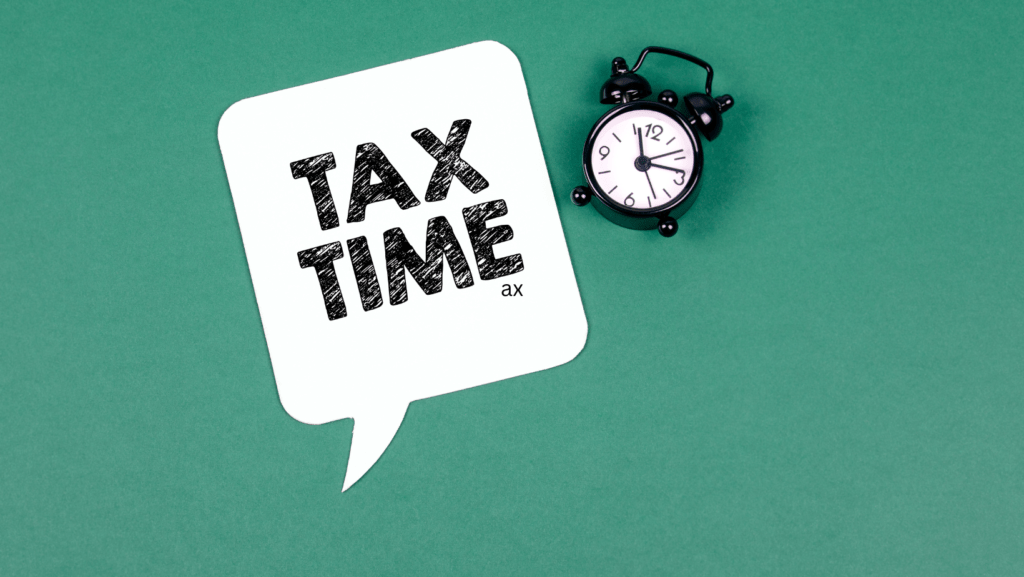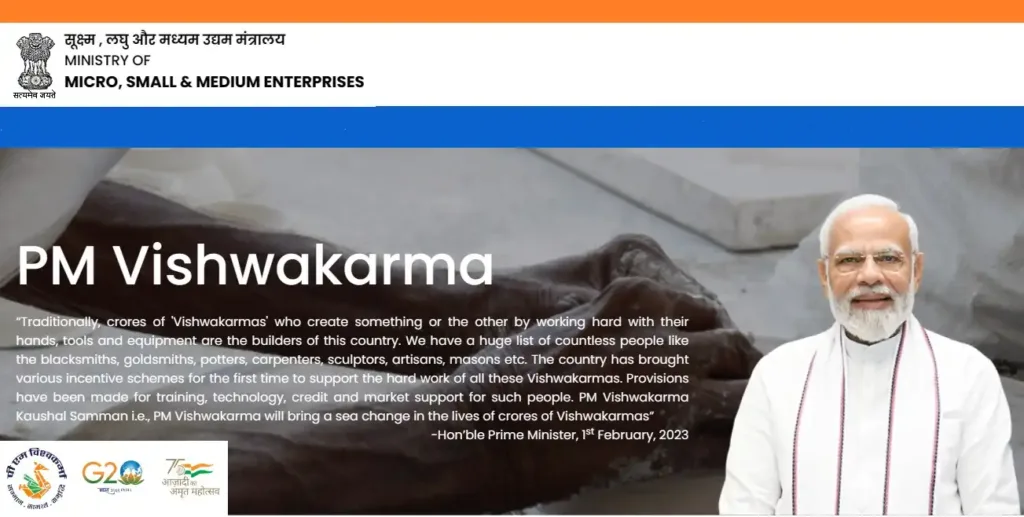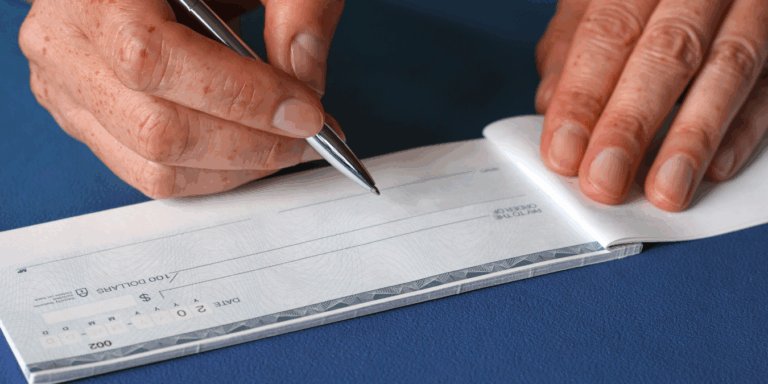
Why Azam Khan’s 7-Year Sentence in PAN Card Case Sends Shockwaves Across India’s Financial System
Did you know holding two PAN cards can lead to jail time and hefty fines in 2025? Discover the shocking truth behind duplicate PAN penalties, how authorities catch offenders, and the urgent steps you must take now to protect your financial identity before it’s too late.
Azam Khan and his son Abdullah Azam were sentenced recently to seven years in prison for holding dual PAN cards, a serious offense under Indian law. Despite the common knowledge that a person can only hold one PAN card, this high-profile case reveals deeper legal, financial, and societal ramifications, which remain surprising or little-known to many in India. Section 139A of the Income Tax Act explicitly mandates only one PAN per individual. Violations result in penalties of up to ₹10,000 under Section 272B, but the consequences can escalate sharply to imprisonment and heavy fines, particularly when forgery and fraud are involved, as in this case. Why did Azam Khan and his son face such a severe punishment? How does holding multiple PAN cards impact ordinary Indians in financial and legal terms? What are the exact laws, penalties, and preventive steps involved? This blog uncovers these questions, blending the latest data, expert interpretations, and relevant policy trends as of 2025.
Why Is Holding Multiple PAN Cards a Severe Crime?
The Permanent Account Number (PAN) is foundational to India’s financial ecosystem, serving as a unique identifier in income tax filing, banking transactions, investments, and property dealings. Section 139A of the Income Tax Act, 1961, legally restricts each individual to only one PAN. Multiple PANs create discrepancies in financial records and enable fraudulent activities like tax evasion, money laundering, and false reporting. Azam Khan’s case was aggravated by forgery of documents and conspiracy charges, pushing the penalties from fines to jail terms. The Income Tax Department views duplicate PAN possession as a breach undermining the integrity of the tax system and financial transparency.
The Legal Framework and Penalties Explained
Under Section 272B of the Income Tax Act, possession of more than one PAN card without legitimate surrender of the duplicate can attract a penalty up to ₹10,000. But when forgery, fraud, or misuse is found—as in the Azam Khan case—sections of the Indian Penal Code (IPC) such as 420 (cheating), 467 (forgery of valuable security), 468 (forgery for purpose of cheating), 471 (using as genuine a forged document), and 120-B (criminal conspiracy) come into play. The court sentenced Khan and his son to seven years based largely on section 467 IPC, showing that the crime’s gravity goes beyond mere possession. Their fine totaled ₹50,000 each. This highlights how serious legal consequences become when criminal intent or conspiracy is proven beyond holding multiple PANs.
How This Case Uncovers Hidden Risks for Ordinary Indians
While many Indians may accidentally have two PAN cards through errors, lost cards, or administrative oversight, ignoring the legal imperative to surrender duplicates can lead to trouble. Notably:
- Multiple PAN cards compromise tax filings, leading to mismatches, increased audits, or rejection of returns.
- They pose a risk of blocked refunds or wrongful tax notices due to untraceable financial records.
- Banks and financial institutions flag dual PANs as suspicious, potentially hindering loans, credit approvals, or investments.
- Agents or intermediaries mishandling PAN applications can inadvertently create duplicates, emphasizing the need for awareness and vigilance.
Thus, the Azam Khan case serves as a harsh reminder that even inadvertent possession of multiple PANs can escalate into serious legal and financial consequences.
How to Detect and Correct PAN Card Duplication
The Income Tax Department provides portals and procedures to check if an individual has multiple PAN numbers under their name. Immediate steps to rectify include surrendering the duplicate PAN card through an official process to avoid penalties. A few practical guidelines for individuals:
- Regularly verify your PAN status on the official Income Tax website.
- Report lost/stolen PAN immediately to prevent fraudulent use.
- Avoid applying for multiple PANs when changing personal details; instead, update existing PAN details.
- Consult tax experts or legal advisors if discrepancies are detected.
These are simple but often overlooked actions that can prevent inadvertent legal troubles.
Penalties and Appeals Process for Duplicate PAN Holders
The penalties and appeals process for holders of duplicate PAN cards in India is clearly defined under the Income Tax Act and related legal provisions, with severe consequences for non-compliance and structured mechanisms for redress.
Penalties for Duplicate PAN Holders
- Monetary Penalty:
Under Section 272B of the Income Tax Act, individuals found possessing more than one PAN card without surrendering the duplicate face a penalty of up to ₹10,000. This is applicable to inadvertent or willful possession of multiple PANs. The penalty aims to discourage duplication and maintain integrity in financial records. - Criminal Charges for Fraud or Forgery:
If duplicate PANs are linked to forgery, falsification, or fraudulent intent—as in high-profile cases like Azam Khan and son—the case escalates beyond penalties to criminal prosecution under IPC sections such as 420 (cheating), 467 (forgery of valuable security), 468 (forgery for purpose of cheating), and 120-B (criminal conspiracy). Convictions may lead to imprisonment, heavy fines, or both, reflecting the gravity of the offense. - Denial of Tax Benefits and Litigation Risks:
Having multiple PANs can lead to rejection of tax returns, withholding of refunds, increased audits, and potential legal challenges by the tax authorities. It may also affect loan approvals and other financial transactions linked to PAN identity verification.
Appeals Process
- Notice and Opportunity to Respond:
Upon detection of duplicate PANs, the Income Tax Department issues a notice to the taxpayer demanding explanation and surrender of the duplicate PAN. The taxpayer has an opportunity to respond and rectify the situation. - Surrender of Duplicate PAN:
The first and primary step to avoid penalties or legal consequences is immediate voluntary surrender of the duplicate PAN card through official channels provided by the Income Tax Department, either online or offline. - Filing an Appeal:
If the taxpayer disagrees with penalty imposition or any legal proceeding, they can appeal to higher authorities within the Income Tax Department, such as the Commissioner of Income Tax (Appeals). Further appeals can be made to the Income Tax Appellate Tribunal (ITAT) and ultimately to the High Court or Supreme Court, depending on the matter's severity. - Legal Representation:
In cases involving criminal prosecution or complex litigation (like those involving forgery charges), tax lawyers or legal counsel should represent taxpayers during hearings, ensuring due process and exploring defenses or mitigating circumstances. - Settlement and Compounding:
In some cases, settlement or compounding of offenses may be allowed under certain Income Tax provisions, subject to admission of guilt and payment of fines, avoiding prolonged litigation.
Importance of Compliance and Proactive Resolution
- Voluntary and prompt surrender of duplicate PAN simplifies resolution and minimizes penalties.
- Keeping PAN details updated and linked to Aadhaar reduces risks of duplication.
- Consultation with tax professionals helps in appropriate appeal filing or representation.
The penalty and appeal framework ensures the Income Tax Department maintains strict control over PAN integrity while offering taxpayers fair opportunities to comply and contest, balancing enforcement with justice. This approach reinforces the system’s credibility and protects honest taxpayers from inadvertent errors or malicious activities by others.
Emotional and Social Impact: Why the Public Cares
Azam Khan is a senior political figure with multiple criminal cases, making the dual PAN card conviction a matter of public interest and emotional resonance. It signals to citizens, especially taxpayers and aspiring investors, that no one is above the law, irrespective of status or influence. The punishment’s severity underlines aspirations for a clean financial system and relief from tedious inspections or mistrust. On a human scale, it instils urgency for all to be compliant, protect their financial identity, and avoid costly disputes or embarrassment.
How does the Income Tax Department detect duplicate PAN Cards
The Income Tax Department detects duplicate PAN cards using several advanced technological and procedural measures as part of the PAN 2.0 system and broader regulatory framework. Key detection methods include:
- Centralized Database and Logic Checks: PAN applications are screened centrally, with software logic to identify potential duplicate requests by matching identity details such as name, date of birth, and Aadhaar number. This helps flag multiple PANs issued to the same individual.
- Mandatory Aadhaar Linkage: Linking PAN to Aadhaar biometric identity significantly aids detection by providing a unique, government-verified identity anchor. The system cross-verifies PAN applications against Aadhaar data to spot duplicates or mismatches.
- Dynamic QR Codes on PAN Cards: PAN 2.0 cards contain a dynamic QR code encoding cardholder data. Government agencies and financial institutions can quickly scan this to verify authenticity and detect if an individual holds multiple PANs.
- Data Analytics and Real-Time Validation: The system uses AI-based analytics to cross-check PAN data against other government databases, tax filings, and financial records. Real-time checks on new PAN requests help prevent duplication upfront.
- Jurisdictional Officer Oversight: Taxpayers can report suspected duplicates to their jurisdictional assessing officer, who can initiate inquiries and deactivate duplicate PANs as required.
- Online Verification Tools: The Income Tax Department’s e-filing portal allows individuals to verify PAN details and check for duplicates. Tax records and TDS statements can also reveal inconsistencies related to multiple PANs.
- Legal and Financial Cross-Checking: Banks, financial institutions, and government agencies use PAN data linked to Aadhaar and other KYC details to verify identities in loans, investments, and tax payments, flagging suspicious multiple PAN usage.
The system also emphasizes voluntary surrender and deactivation of duplicate PANs to avoid penalties. Penalties for holding multiple PAN cards can go up to ₹10,000, but when fraud or criminal intent is detected, as in Azam Khan’s case, more severe legal action is taken.
Actionable Takeaways for Every Indian
- Never hold more than one PAN card at a time; voluntarily surrender duplicates promptly.
- Ensure PAN details match official identification documents accurately.
- Monitor your financial and tax records for inconsistencies regularly.
- Educate family and peers about PAN rules to prevent accidental violations.
- Consult a legal or taxation expert if involved in any PAN-related discrepancies.
Being proactive not only safeguards from penalties but also promotes financial discipline and peace of mind.
What Lies Ahead: PAN Regulation and Enforcement in 2026 and Beyond?
India’s tax authorities increasingly leverage technology like AI and data analytics to detect PAN duplications and related fraud faster and with higher precision. Future reforms may include stricter penalties, faster legal action, automatic linking of PAN with Aadhaar for better verification, and enhanced public awareness campaigns. The Azam Khan case might prompt legislative reviews to close loopholes exploited in duplicity cases. For everyday citizens, staying informed about evolving compliance norms will be crucial to protect assets and avoid legal hassles.
































